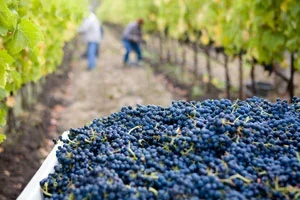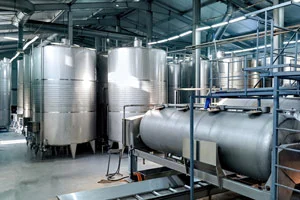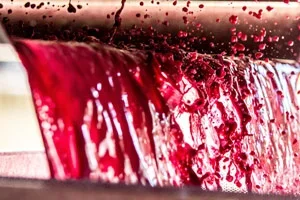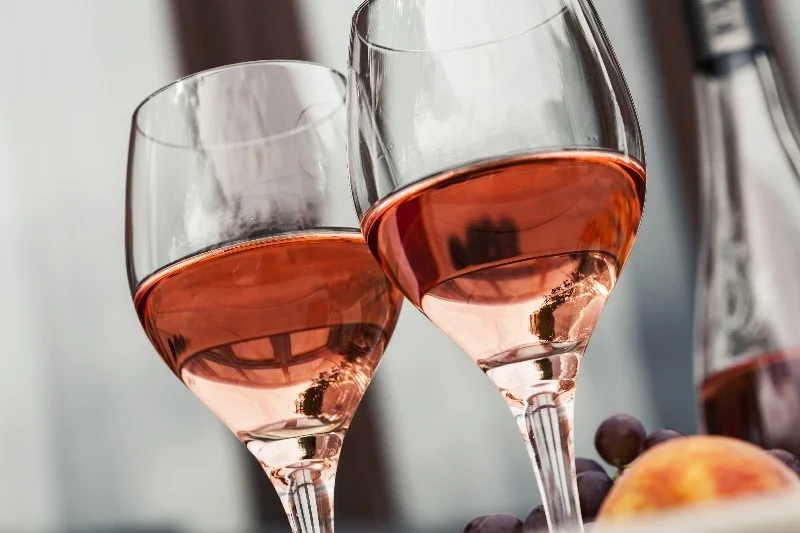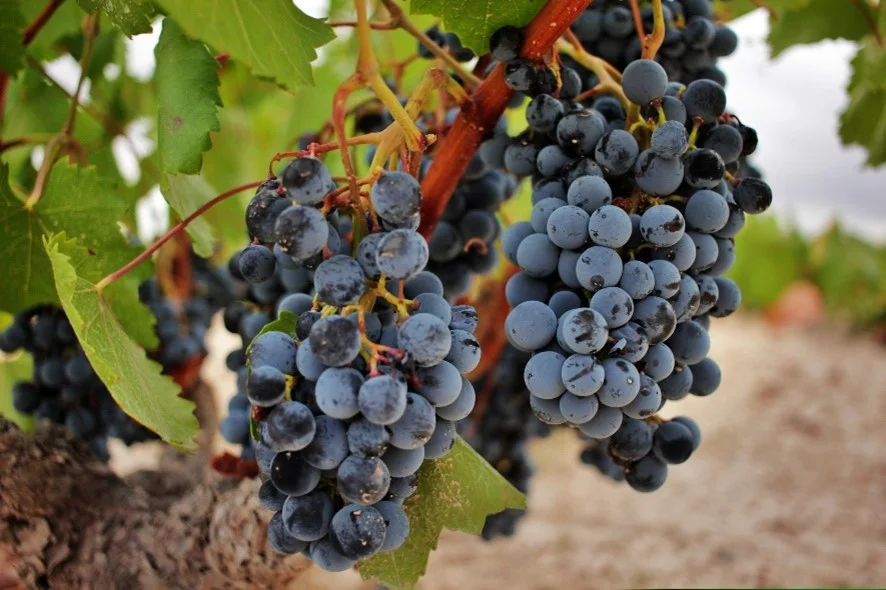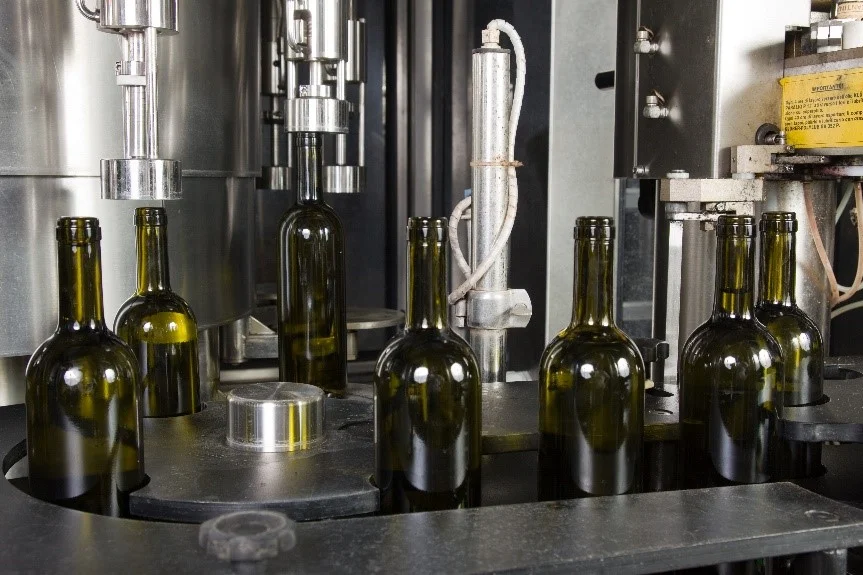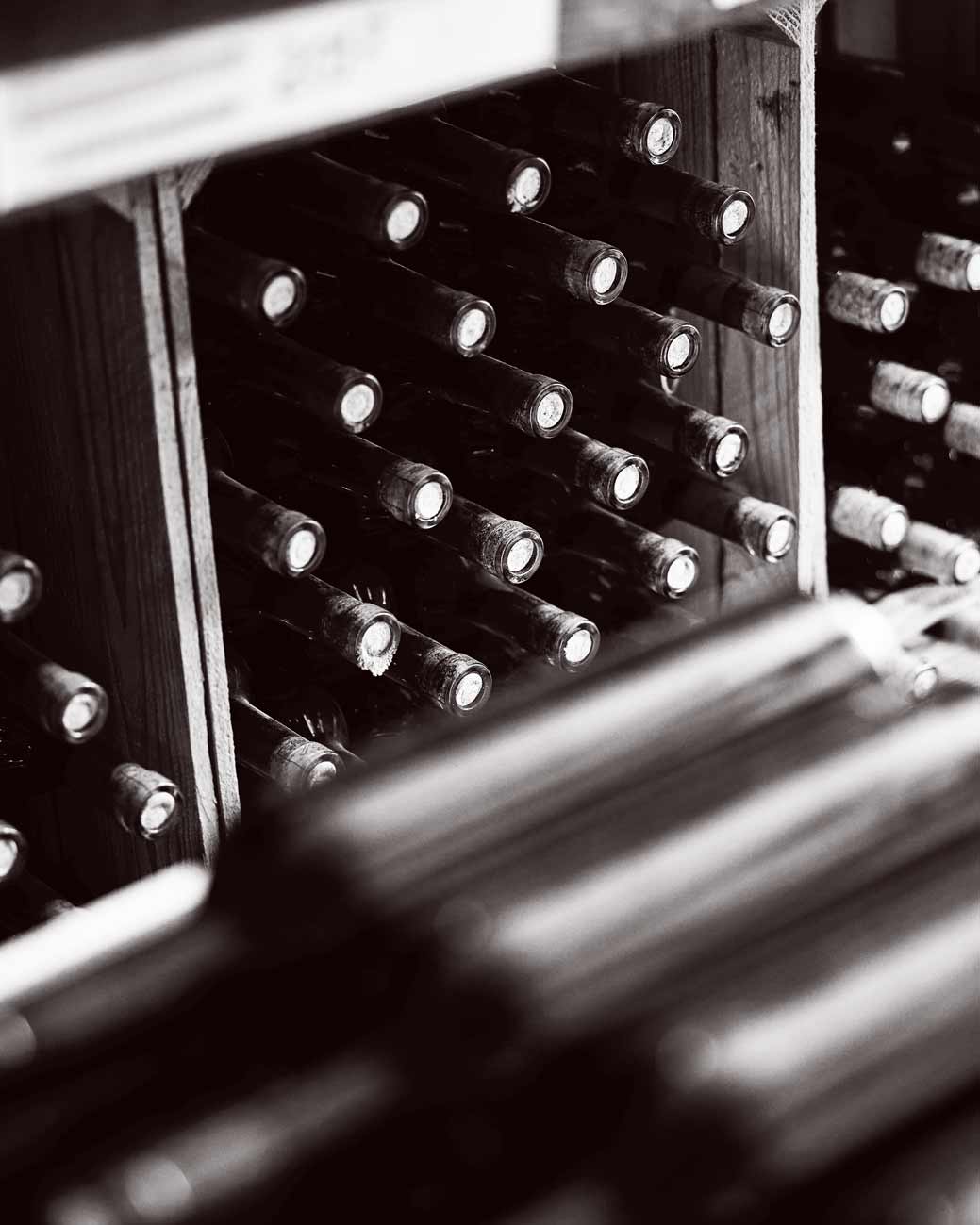Chat with experts | Interview with Fernando Zamora
We have had the pleasure of sharing a technical conference with Fernando Zamora, President of the Oenology Commission of the International Wine Organisation – OIV, whom we have asked to share his knowledge about some topics of interest with our entire online community.
Fernando was our guest of honour at the inauguration of the Agrovin Wine Cellar, a space to share and discover opportunities for the oenology of the future that we have created, which started last month in Montpellier, France, with topical subjects such as alternatives to sulphurous in rosé wines and the new regulation, something that Fernando had a lot to talk about. Here is an extract:
1.- The market trend is leading towards the consumption of wines with low sulphur content and even its absolute substitution. We know it’s a tedious topic, but could you give us your technical opinion on where we are on making low sulphite or 0% sulphite wines?
Naturally, the current trend is directed towards the production of wines with little or no sulphites. It is not easy at all. It implies much more rigorous control at the viticultural level, since the grape has to be perfectly healthy. If not, it is crazy to try to use low doses of sulphur or little sulphur and, on the other hand, you also have to have much more hygiene and much more control in the cellar. It implies working more. In short, developing low-sulphur wines isn’t about lowering doses, it’s about changing the protocols.
- For the conservation of wines, sulphur dioxide offers 3 essential properties: antioxidase, antioxidant and antimicrobial. What 3 oenological products would you highlight from all those you have discussed, that can help reduce the concentration of sulphur? And, in terms of physical techniques, are there any that could contribute to the reduction in the use of sulphur?
Distinguishing which properties protect the wine from oxidation, whether they’re enzymatic or chemical, I would highlight the use of inert gases. It’s a known technique, it costs money, you have to work very rigorously, but frankly it works very well if it’s applied correctly. I would also talk about the use of glutathione and also the use of oenological tannins that can really protect the must from oxidation.
Regarding protection of the wine, it is also necessary to work with inert gases, and with regard to the protection from oxidation, the lees themselves can be used, apart from the oenological tannins, while at the same time ensuring rigorous control of the oxygen that we provide in the transfer and movement processes.
Finally, regarding antiseptic properties, I would highlight the recent approval of fumaric acid, which can help us to inhibit lactic acid bacteria from the use of sulphurous acid. Then other things I would highlight would be include the possibilities of chitosan and other techniques, such as ozone or the use of high pressures.
- On a technical level, today we know that eliminating 100% of the sulphur content during production or storage is very complicated if we want to produce a commercial wine with all the usual guarantees. In your opinion, what oenological techniques or products should be developed or improved to reach the 0.0% sulphur target?
It is a bit similar to what we have already discussed in the previous question, but I would say that glutathione has a great future. Then I would also talk about the use of inert gases, ozone and naturally oenological tannins and perhaps any other substance or procedure that is capable of inhibiting the polyphenoloxidase enzymes and which can also serve to eliminate dissolved oxygen in the wine.
In terms of antiseptic properties, I think that chitosan and fumaric acid are very useful, and perhaps a combination of both products could have a broad anti-lactic bacteria effect, which are the main problems that we face at a microbiological level.
- Do you think that low or no-sulphur levels is a fad or is it here to stay?
I believe that the minimum intervention is going to fade away. It’s a current fad.
It’s one thing is to abuse the “potingues”, which is sometimes exaggerated, and it’s another thing to use what is necessary to create the best wine possible.
A wonderful grape in a wonderful year requires almost nothing, just a little control and we’ll make a fantastic wine. But unfortunately it is not always like that. The oenologist’s obligation is to make the best possible wine using authorised legal techniques.
Climate change is affecting it and despite this, I believe that we are now making better wines than we were 20 years ago. We have adapted. We know much more and we can truly compensate for the effects of climate change if they do not go any further. I would even say that some areas of our country and other countries have benefited from climate change, because 20 or 30 years ago some vineyards did not mature well and now they mature excellently. What happens is that “if you want to make peace, prepare for war”. While we some vineyards have been able to benefit now, in 20 years, it could harm us and we have to be prepared. Still, unlike other agricultural products, wine is much better now than it was 20 years ago in our country, while tomatoes are much worse (laughs).
